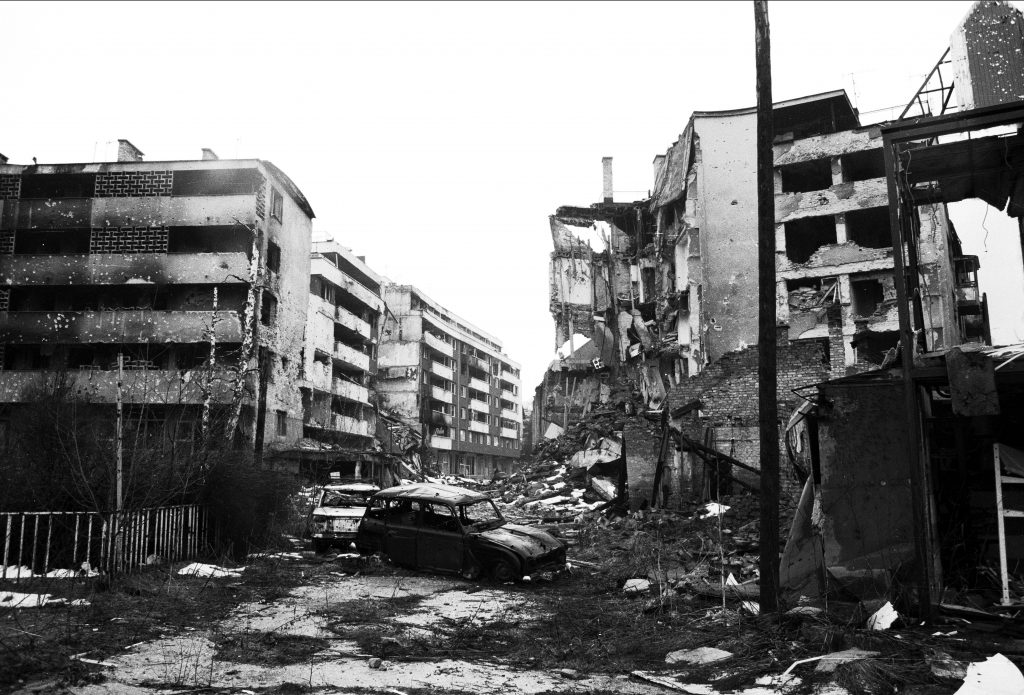Following the disintegration of Yugoslavia, leaders utilising ethno-nationalism rose to power across the region
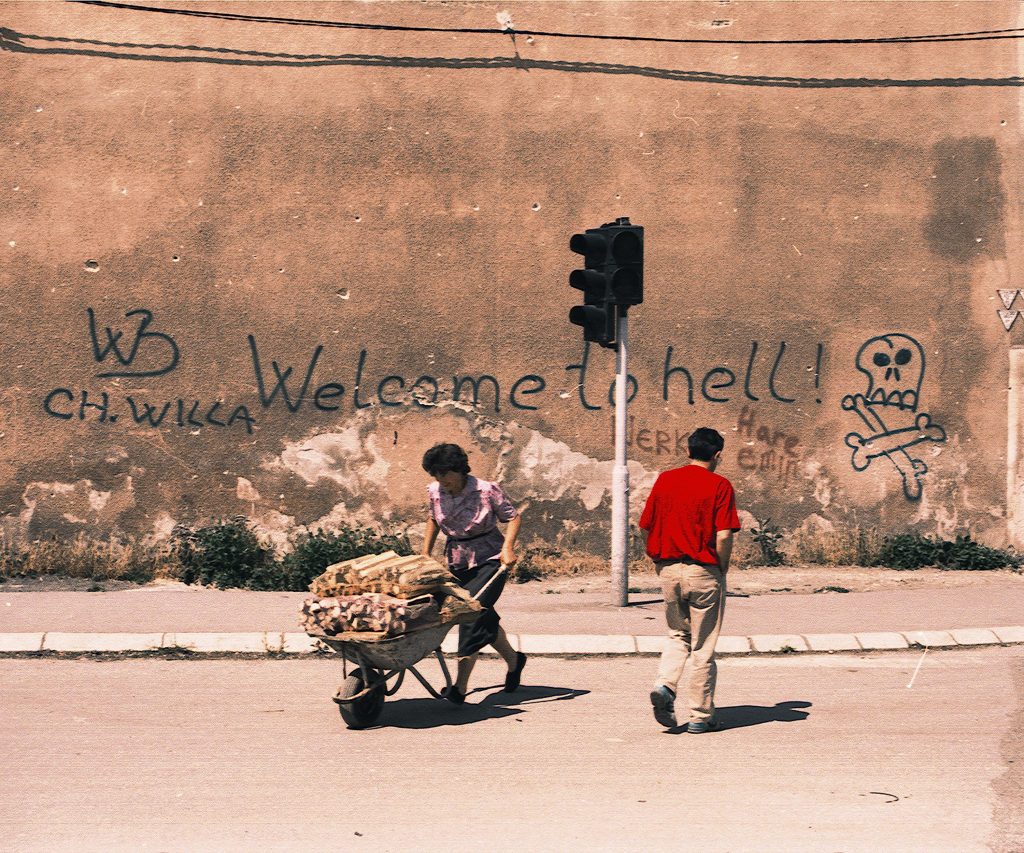
The Socialist Federal Republic of Yugoslavia, founded in 1943 during World War II, was a federation made up of six republics; Slovenia, Croatia, Bosnia-Herzegovina, Serbia, Montenegro and Macedonia. It was ruled by Marshal Josip Tito following the end of World War II with Muslims, Catholics, and Orthodox citizens living cohesively.
Between 1992 and 1995, an inhumane plan was executed to ethnically cleanse Bosnia with the planned, systematic, and industrialised killings of non-Serbs, the majority being Bosniak-Muslims

Following Tito’s death in 1980, ethnic-nationalism began to rise. In 1991, the country began to disintegrate along ethnic lines. Slovenia and Croatia declared their independence in June 1991, prompting war. As the rise of Greater Serb expansions began to gain traction in February of 1992 a referendum on independence was held in Bosnia-Herzegovina (BiH), 99.7% of voters voted “Yes”. The Bosnian Serb leaderships boycotted the referendum to prevent independence but independence was officially declared on 1 March 1992 and internationally recognised by April 1992.
The Siege of Sarajevo resulted in over 11,000 people killed, of which 1,600 were just children. Between 1992-1995, the citizens of Sarajevo were subjected to daily shelling and sniper attacks, cut off from the rest of the world
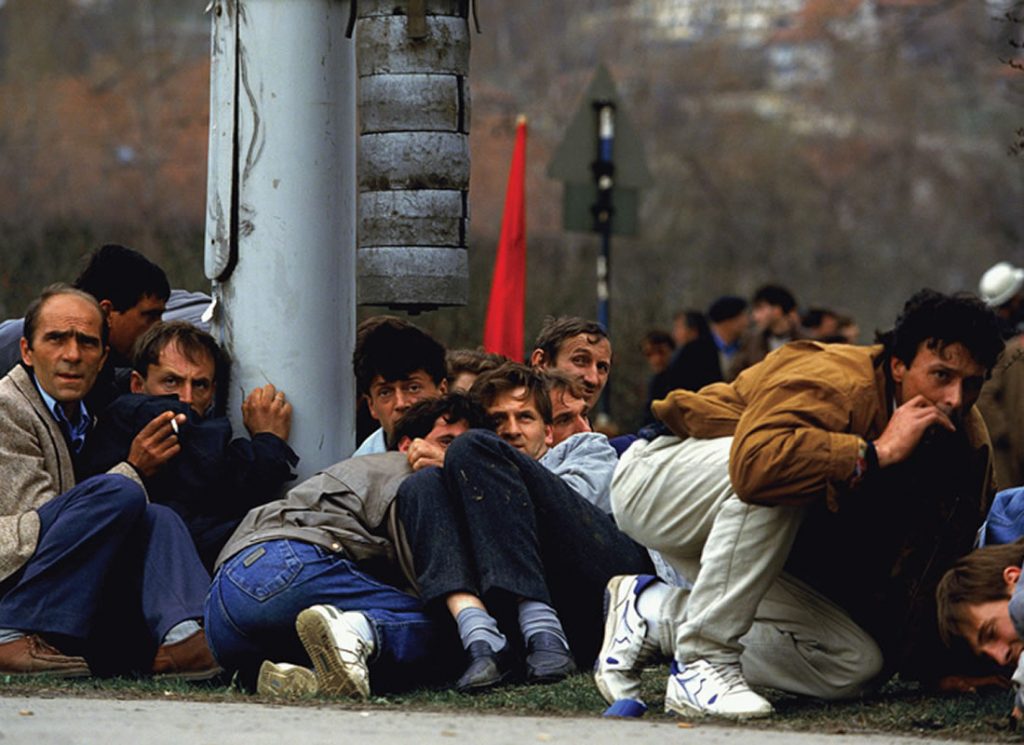
Shortly after the referendum, Serb forces seized the city of Sarajevo which would lead to a 4 year-long campaign of terror and persecution. From May 1992, Bosnian-Serb Forces under the command of General Ratko Mladić used shelling and sniping to target civilian areas of the city and key institutions, killing, wounding, and inflicting terror upon the civilian population. During this time, almost all of Sarajevo’s cultural, religious, and residential buildings were either partially or completely destroyed.
From January to March 1993, the Bosnian-Serb Forces attacked the Cerska area in eastern BiH. Thousands of Muslims fled to the UN ‘Safe Areas’ of Srebrenica and Žepa in hopes of finding safety. Thereafter, Bosnian Serb Forces began to focus particular attention on capturing the strategically located Srebrenica and Žepa enclave and expelling the Bosnian Muslim population that had fled there in the wake of the 1992 and 1993 “ethnic cleansing” campaigns in eastern Bosnia-Herzegovina.
Bosniak-Muslims in towns such as Visegrad, Prijedor, Foca, Gorazde, Srebrenica, and many others were subjected to vast crimes against humanity, forcible deportations, murders, and toture
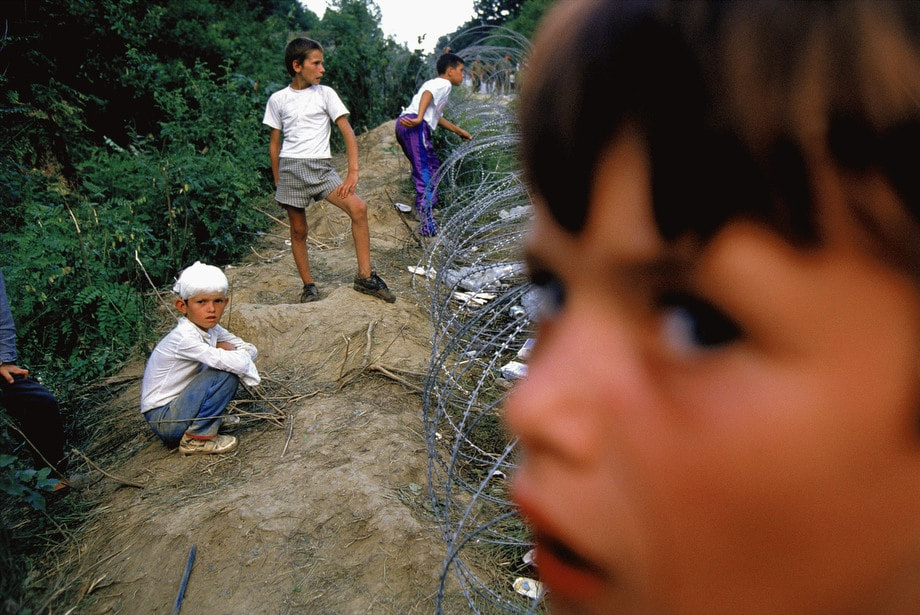
On 8 March 1995, Radovan Karadžić (the political leader of the Bosnian-Serbs), ordered the Serb Forces to eliminate the Muslim enclaves of Srebrenica and Žepa, escalating the “strategic objectives” of 12 May 1992. On 2 July 1995, Bosnian Serb Forces attacked the Srebrenica enclave.
The Bosnian war and genocide resulted in close to 100,000 civilians killed, over 2 million people forcibly displaced, and between 20,000-50,000 women systematically raped. All due to their ethnic and religious identity
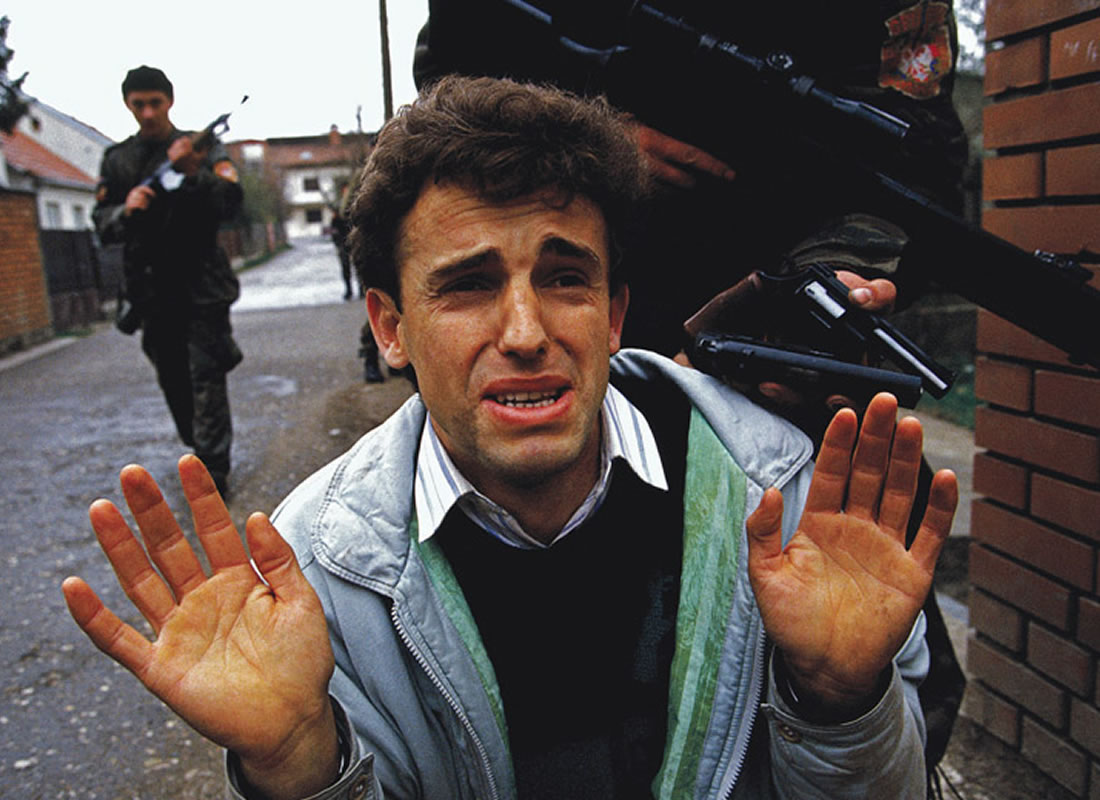
This attack on the enclave continued until 11 July 1995, when Ratko Mladić and the Bosnian Serb Forces entered Srebrenica. Subsequently, those Bosnian Serb Forces terrorised Bosnian Muslims, who were forcibly transferred to areas outside the enclave and many of whom fled in a huge column through the woods towards Tuzla (a free territory). The vast majority of this group consisted of civilians. Over 7,000 Bosnian Muslim prisoners captured in the area around Srebrenica were summarily executed from 13 July to 19 July 1995.
Following the war, more than 40,000 people were ‘missing’ and more than 3,000 mass graves have been uncovered containing their remains since 1995
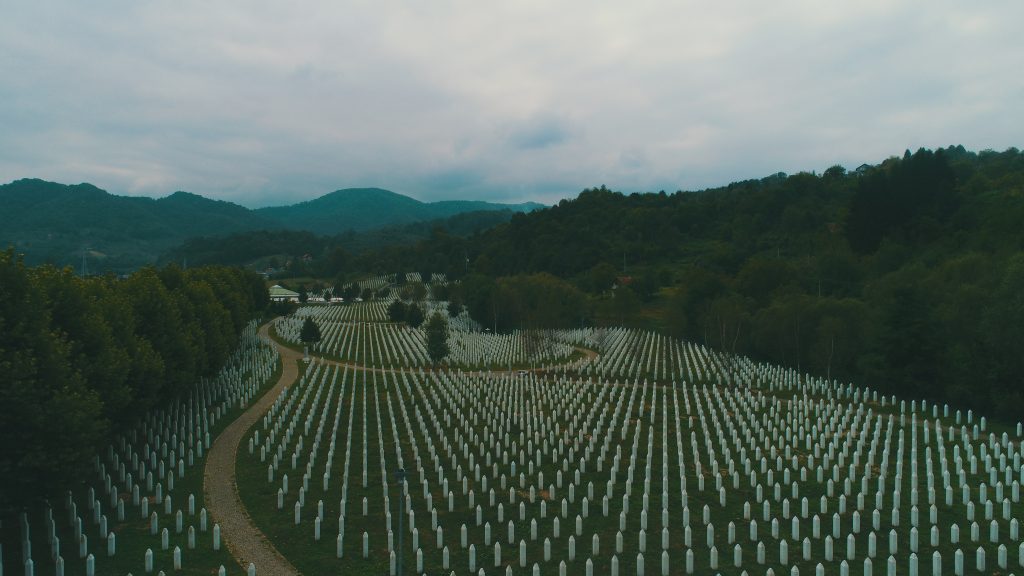 From August 1995 to November 1995, Bosnian Serb Forces participated in an organised and comprehensive effort to conceal the killings and executions of the Bosnian Muslims of Srebrenica by digging up and reburying, in isolated locations, bodies exhumed from mass graves. Bodies are still being identified using complex DNA techniques today. 8372 people were killed at Srebrenica with more than a thousand of the victim’s bodies still sadly unaccounted for.
From August 1995 to November 1995, Bosnian Serb Forces participated in an organised and comprehensive effort to conceal the killings and executions of the Bosnian Muslims of Srebrenica by digging up and reburying, in isolated locations, bodies exhumed from mass graves. Bodies are still being identified using complex DNA techniques today. 8372 people were killed at Srebrenica with more than a thousand of the victim’s bodies still sadly unaccounted for.

